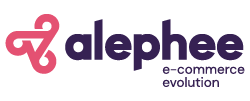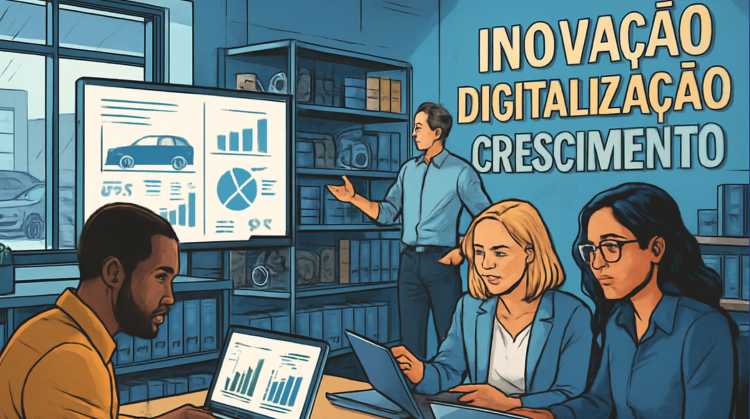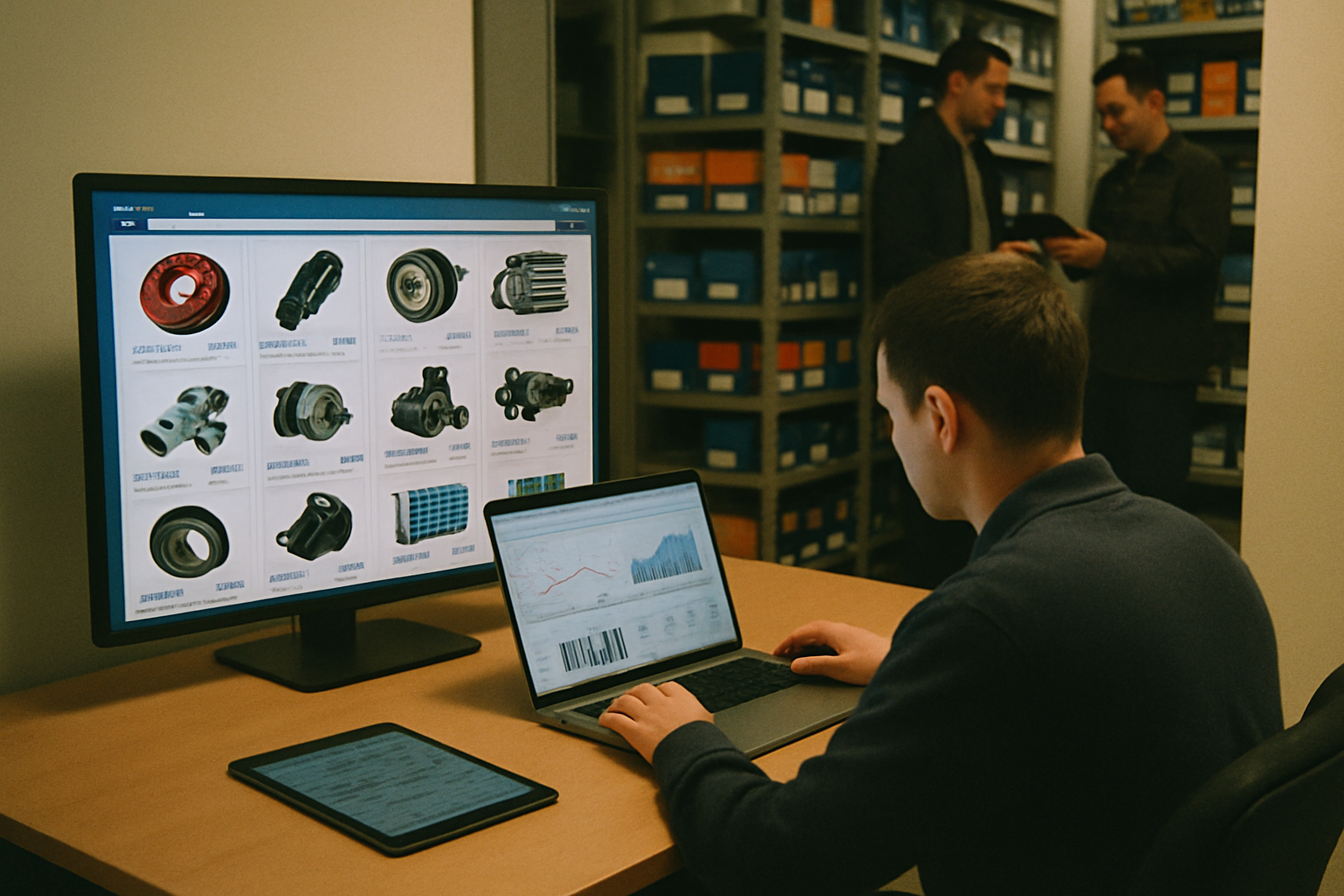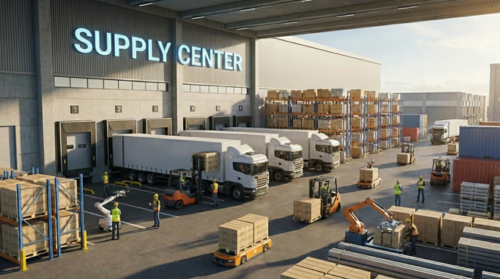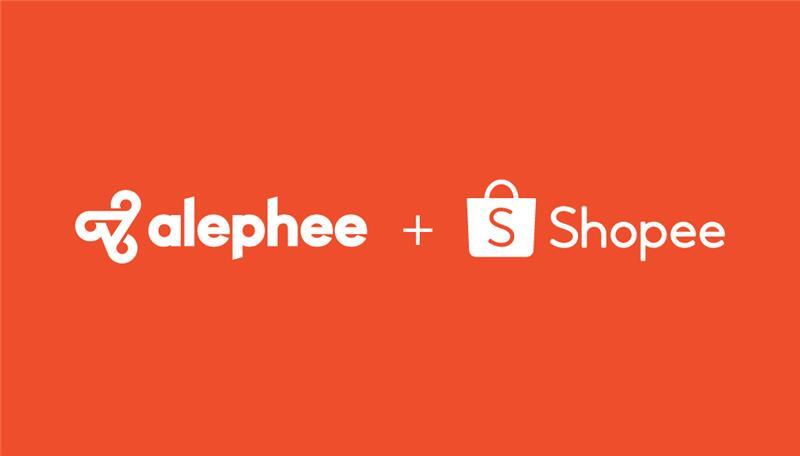The growth of e-commerce is increasingly driving entrepreneurs and companies in the automotive sector to seek efficient online sales models. Among the most commonly used alternatives are the fulfillment model (traditional e-commerce) and dropshipping, two approaches that differ mainly in how inventory and shipping are managed.
E-commerce fulfillment: control, branding, and accuracy
In the fulfillment model, the seller purchases, stores, and manages their own inventory, which requires a higher initial investment but ensures full control over the buying experience.
This model allows verification of product quality, packaging customization, and assurance of part compatibility — something essential in the automotive sector, where an error can leave a vehicle out of service.
Additionally, having your own inventory allows quick response to demand, builds customer trust, and helps establish a solid and recognizable brand.
Main advantages:
-
Higher profit margins through bulk purchasing.
-
Control over quality and logistics.
-
Better after-sales service and customer retention.
On the other hand, the model also presents challenges: it requires capital for inventory acquisition, storage space, and efficient logistics management.
Dropshipping: agility and low risk
The dropshipping model eliminates the need to maintain physical inventory. The seller acts as an intermediary: when a sale is made, the supplier ships the product directly to the customer. This allows a business to start with low investment, test different products or niches, and operate from anywhere.
Advantages:
-
Low initial investment and reduced fixed costs.
-
Ease of testing new products.
-
Operational and geographic flexibility.
However, there are also limitations: control over shipping, delivery times, and product quality depends entirely on the supplier.
In the Argentine context, this can be challenging due to customs delays or demanding customers accustomed to the fast service of platforms such as Mercado Libre.
Furthermore, the high competition in dropshipping requires differentiated marketing strategies and reliable suppliers to maintain the business’s reputation.
Opportunities and challenges
Both fulfillment and dropshipping models must comply with legal and tax requirements to operate formally.
Logistics is another key factor: while the fulfillment model allows full control of the process, the dropshipping model depends on the supplier’s efficiency and reliability.
The automotive sector: precision and trust
In the case of automotive e-commerce, the fulfillment model stands out as the most solid long-term option.
-
Compatibility control: managing inventory ensures that each part is the exact match for the customer’s vehicle model.
-
Careful logistics: by packaging and shipping directly, products are better protected during transportation.
-
Brand building: offering a consistent experience strengthens customer trust and loyalty.
Even so, the dropshipping model represents a real opportunity for the automotive sector, especially in a context where digitalization is redefining how parts are bought and sold.
Its ability to reduce costs, expand product offerings, and simplify management makes this system a strategic tool for dealerships, distributors, and entrepreneurs seeking to compete online with agility and efficiency.

Two paths, one goal
The choice between fulfillment and dropshipping depends on available capital, business strategy, and product type.
The first offers more control and higher margins, while the second provides flexibility and lower risk. In practice, many companies combine both models to take advantage of each one’s strengths.
The key is to understand that it’s not about choosing one over the other, but aligning the logistics strategy with business goals in a market that increasingly values speed, trust, and quality in the buying experience.
Discover how dropshipping is driving the expansion of commercial networks in the automotive sector — and how Cromosol has successfully applied this strategy.
